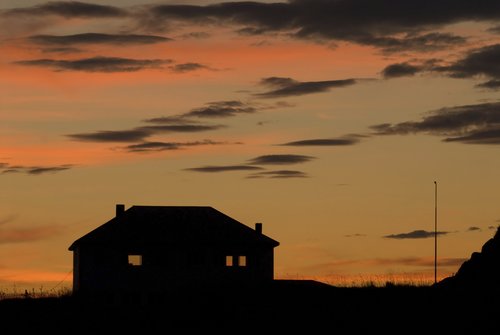Progress has been made on negative equity front, but troubling trends persist
In the Miami housing market, 17.4 percent of mortgage holders remain underwater, and a majority will not reach positive equity for some time.
That was the sobering finding of latest Zillow Negative Equity Report, which analyzed the mortgage markets in the nation’s largest housing markets.
The graph below examines the negative equity rate in those housing markets:
At 17.4 percent, Miami still boasts one of the highest negative equity rate among large metro areas, though Las Vegas’ 25 percent is still the highest in the nation. How could so many properties remain in negative equity, though, given how aggressively prices have risen since housing bottomed in 2011-2012? Our next graph explains how:
That graph splits up underwater homeowners into two groups: the yellow bars represents homeowners who owe between 100 and 120 percent on their house; and the green bars represent homeowners who are severely underwater, those who owe more than 120 percent.
So, for homeowners in the green bars – 64 percent of underwater homeowners, here in Chicagoland, and the majority in nearly every other market – home prices will have to appreciate another 20 percent (at least) until they can even break even on a sale. The majority of underwater homeowners remain very, very underwater.
We’ve written before about the underlying economic conditions that continue to hold back housing and the supply of homes, and the nation’s stubborn problem of negative equity is certainly one of those conditions.



